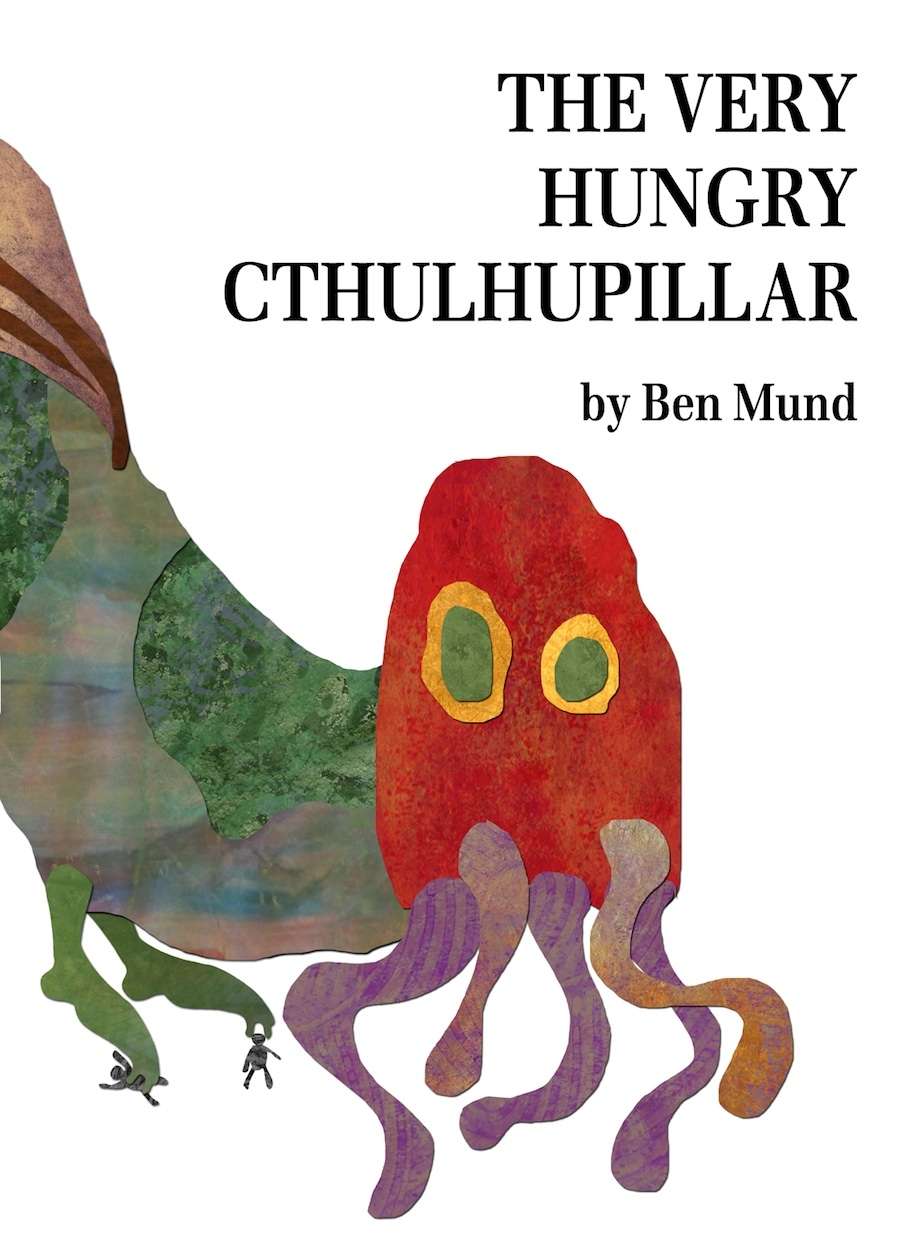
|

|
I, like all right-thinking people, am a huge fan of Ray Harryhausen's films. Closing in on 50 years after its release, Jason and the Argonauts is still an amazing thing to watch, thanks both to its timeless story and the awe-inspiring stop-motion effects. I suppose that for people who grew up with CGI, the animation sequences might seem whimsical and phony, which is sad. The irony is stunning: visual effects created with objects that actually existed and moved in the real, 3D world can seem less true than effects that never existed beyond momentary blips of electricity blazing through a maze of wires and silicon chips.
When I was a kid, opportunities to see films like Jason and the Argonauts and The 7th Voyage of Sinbad were rare. We were at the mercy of late-night and Saturday afternoon broadcast TV schedules. If we got to see three Harryhausen stop-motion masterpieces a year, we counted ourselves lucky. Without DVRs or videotape recorders, there was no backing up to watch the skeletons give battle or Talos groan to life for a second, third, and fourth time. All that animated wizardry was on the screen once and then it was gone, not to be seen again until the next magical time it aired -- a wait of a year at least, if not longer.
In the interim, my friends and I made our own stop-motion films using the school's super-8mm camera and G. I. Joes (the multi-jointed, 11-inch versions) as maquettes, along with whatever other props and scenery we could manufacture or scrounge. Our films were violent, gory, and shamelessly awful in ways that only grade-schoolers can revel in.
The fact that I can now order DVDs or stream Harryhausen's entire library, along with just about any other classic movie from my childhood, and watch and re-watch them as often as I want, is immensely cool.
What else is cool is that a few years ago, WotC gave a nod to one of Harryhausen's creations with the brass golem in the Night Below set of D&D Miniatures. Harryhausen's minoton was created by the evil sorceress Zenobia in Sinbad and the Eye of the Tiger. It rowed her barge across the ocean and forced an entrance into the Hyperborean shrine where two more Harryhausen creations, a giant troglodyte and a saber-toothed cat, fought to the death.
Aside from the fact that the brass golem tips its horns to one of my cinematic heroes, I love the way it continues a D&D tradition. In Appendix N, Gary Gygax mentioned movies and screenplays as part of the fantasy melange that helped to shape D&D creatively, but he didn't credit any particular films. There can be little doubt that he was a fan of Harryhausen. Those movies influenced the game's original creators and, 35 years later, still inspire the people working on D&D. On the eve of the release of what may be the biggest CGI extravaganza of the decade, Peter Jackson's The Hobbit, Ray Harryhausen's accomplishments are still worth celebrating.













































